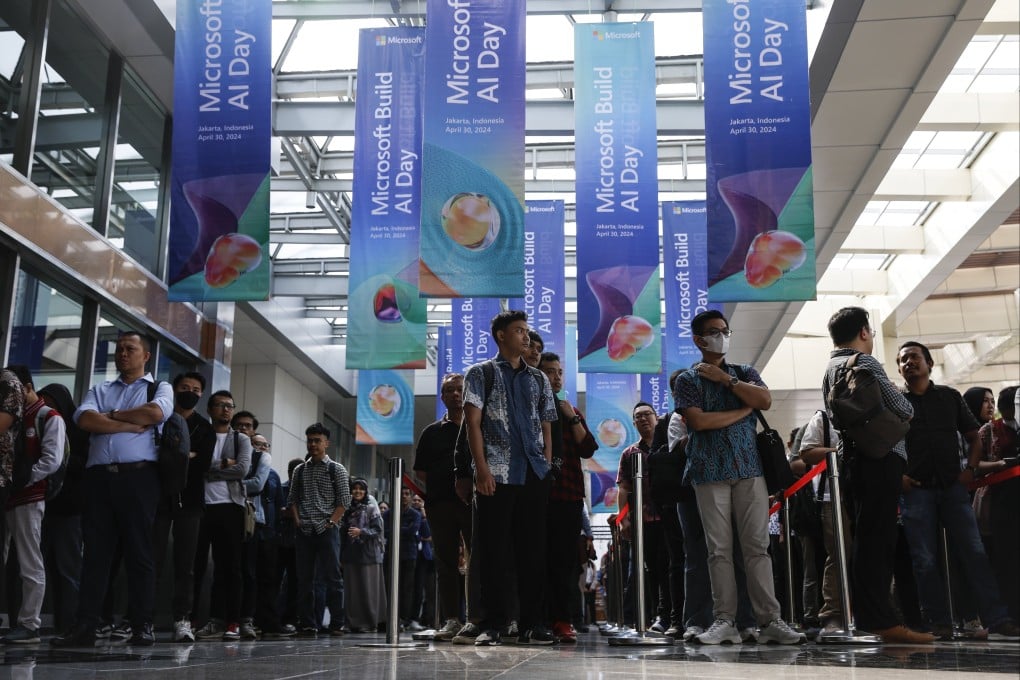Advertisement
Opinion | Southeast Asia must factor Big Tech firms into its US-China calculus
- Southeast Asian states must recognise that it is not only countries but also large companies which shift the power balance on the global stage
Reading Time:3 minutes
Why you can trust SCMP
0

At the recently concluded Association of Southeast Asian Nations (Asean) meetings in Laos, the region’s foreign ministers met their counterparts from 17 other Asia-Pacific states to discuss a range of strategic challenges. It was clear as they did so that Southeast Asia remains a Rorschach test – a projective experiment of what is possible for different, sometimes fiercely competing interests.
For larger Asia-Pacific countries, Southeast Asia offers a toehold to project influence. Russia’s suggestion to China that the two cooperate to “counter interference by forces from outside” Southeast Asia and positively contribute to the region was matched by the United States’ reassurance that Asean lies at the heart of Washington’s Indo-Pacific strategy.
In courting Southeast Asian states at these regional meetings, larger powers have also become better at refining their message. They now take care to centre Asean in speech while advancing their own objectives in substance.
For Asean’s own member states, this annual meeting of top diplomats provides external validation of the grouping and recalls the region’s historical role as an entrepot for commodities as well as ideas and dialogue. In Southeast Asia, power and persuasion have been traded as long as goods and services have been.
However, the preference among Asean and its member states for separating complex international politics from economic engagement leaves Southeast Asia with three blind spots: the expanding interpretation of national security considerations overlapping with business concerns, the role of large technology firms in this conflation and the risk of inadvertent geopolitical alignment through tech dependency.
One of the more significant examples of national security creep as a function of US-China competition is in the building out of the digital tech infrastructure in and around Southeast Asia. As part of the Trump administration’s Clean Network initiative, countries in the region planning their 5G roll-out a few years ago received both inducements and warnings by the US about choosing Huawei as their core network provider.
Similarly, where US, Chinese and other companies once formed consortiums to fund the capital outlay for undersea communication cables crossing the region, such collaboration is becoming increasingly rare as Washington seeks to not only reduce its exposure to Beijing but gain the upper hand in some instances. A Reuters investigation from last March found US government intervention in at least six undersea cable agreements in the Asia-Pacific region.
Advertisement
